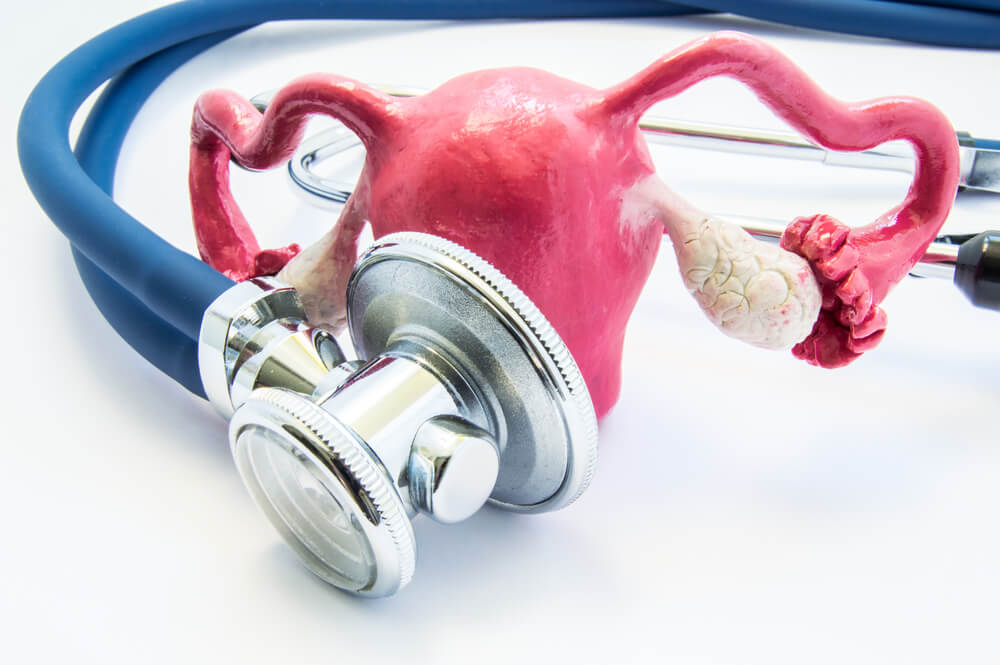Uterine ablation or endometrial ablation is performed in women to surgically break (ablate) the lining of the uterus (endometrium) to reduce or ultimately end menstrual flow.
Endometrial ablation does not require cutting, and instead, gynecologists insert thin tools through the passage between the vagina and uterus (cervix). Although tools vary depending on the method used, such as extreme cold, heated fluids, microwave energy, or high-energy radiofrequencies, endometrial ablation can be done in your doctor’s office. Factors such as the size and condition of the uterus demand for the use of an operation room.


